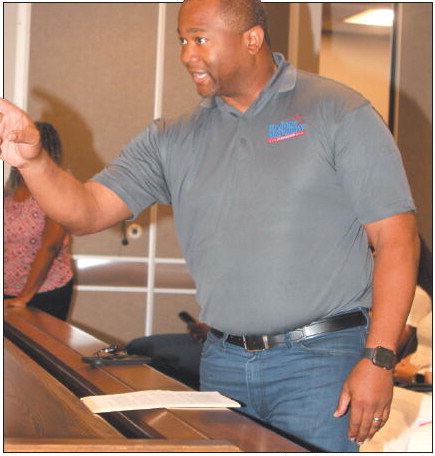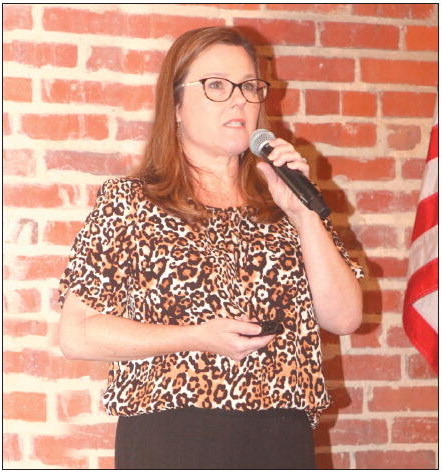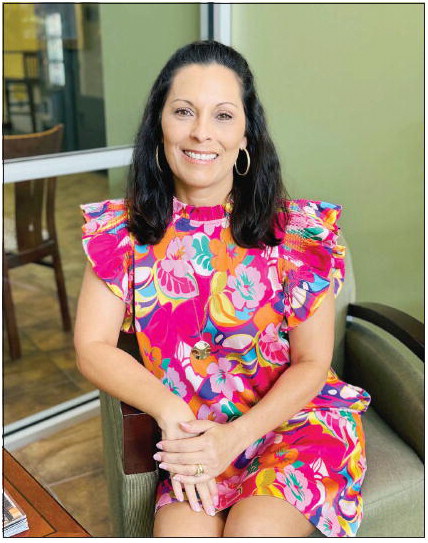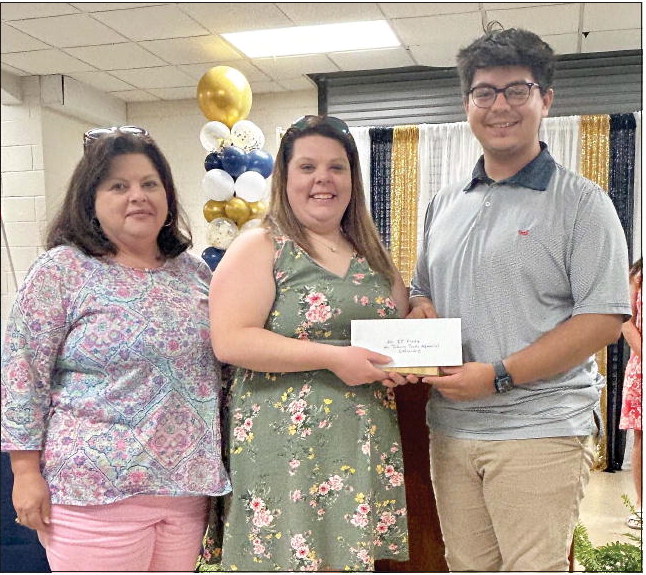editorials
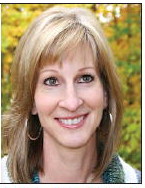

Social Skills
Like other children of the 1960s and 1970s, my siblings and I spent too much time lying on the floor just a foot or two away from the television set, which typically sat on or near ground level.
“Move back!” our mother would say firmly to us. “You’re sitting too close to the TV. Sitting that close will ruin your eyes.”
My siblings and I scooted back a couple of feet, but after twenty or thirty minutes, she’d find us back to our too-close-to-the-TV positions. We didn’t mean to disobey her. The truth is that we were totally hypnotized by the television — oblivious to what was going on in the world around us. One minute we were watching from the sofa, and the next minute, our faces were so close to the screen we could feel the heat from the electronics on our cheeks.
It was one of those days — when Andy, Audrey, and I were entranced by the television and totally involved in an episode of Gilligan’s Island or The Brady Bunch — when our mother strolled into the room and turned off the television without saying a word. When we appealed, she began her lecture.
“Did any of you notice that your father just got home from work?” she asked. “No, you didn’t. Not one of you rolled over and acknowledged him. Not one of you said ‘Hello.’ Well, that stops today, or you will never watch another minute of TV again.”
Mom was mad, and she had good reason to be mad at us.
“Pay attention! From this day forward, when your father steps into this house after work, all of you will stop what you are doing and speak to him,” she continued. “He needs to know that he is appreciated for all he does for us and missed when he’s not home. Understand?”
We nodded.
Along with so many life lessons, Mom thought it important to teach us social skills — skills humans use to interact with one another every day.
When neighbors stopped by for a visit, Mom taught us to speak to them and make eye contact, even if we didn’t want to. It’s a courtesy that humans extend to one another that creates and maintains “connection.”
“Hey, Mrs. Boyette,” I learned to say to an older neighbor from two doors down who visited every now and then. “How are you?”
And then I’d pause and listen to her response.
I’m sure Mrs. Boyette thought I was the most polite child on the planet. It was mostly an act. I was simply going through the motions. I didn’t really care how Mrs. Boyette was that day, or any day. She smelled like an ashtray. But that’s how children learn — by practicing. Mom knew that. She knew that after a while, the social skills would rub off on me and my siblings.
We were also taught to speak up clearly with “Yes” and “Yes, Ma’am,” and “No, thank you,” and “Please.”
As a teenager, I would often turn and start walking away while my mother was still talking.
“Stop!” she roared. “Come back here. Don’t you ever turn your back and walk away while another person is talking to you. continued from page
It’s disrespectful.” She was right. My husband and my boss at work sometimes turn and walk away while I am mid sentence. It sets me on fire.
But most of what I learned from my mother about social skills and personal interactions, I learned from just watching her. She’s a people person. She has been a friend to all, and it isn’t just for show. It’s the real deal.
Maya Angelou once said, “I’ve learned that people will forget what you said, people will forget what you did, but people will never forget how you made them feel.”
I learned that lesson from watching my mother interact with others. She makes everyone feel welcome, feel accepted, feel heard, feel understood, and feel loved and appreciated.
I acquired adequate social skills to help me get through life and life’s tough situations from watching my mother and following her lead. Thankfully, I am usually able to form connections with folks. Thanks, Mom!



